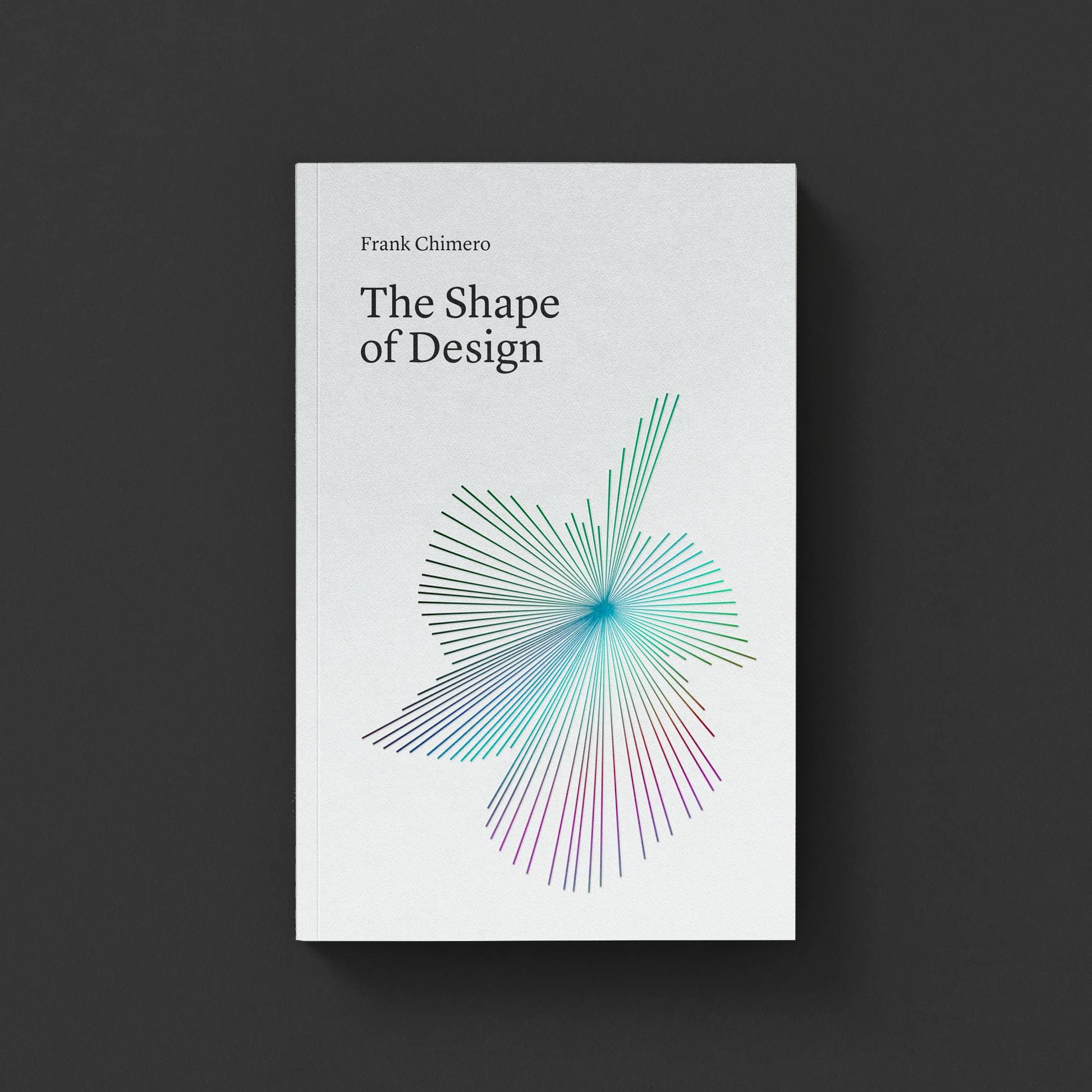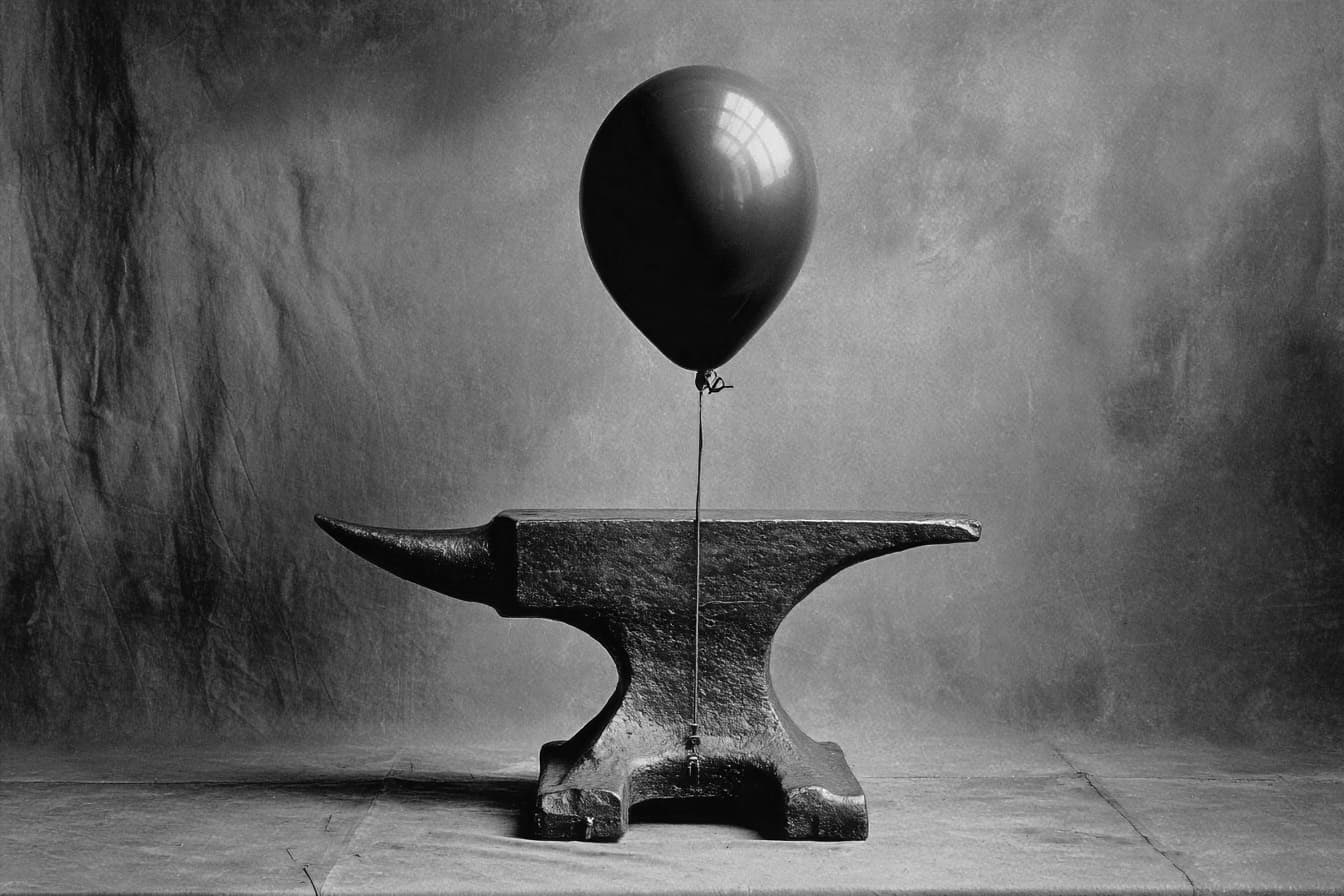Whiteboard Accounting
I’ve been freelancing for about 7 years now. In that time I’ve had my fair share of successes and failures, and I’ve started to figure out what works and what doesn’t. I’ve made a few inventions: odd ways of doing things that seem to work for me and might work for a few other people too.
I was talking to Trent Walton last week, and we started discussing how to decide which jobs to skip and which ones to accept. Sure, there’s the usual considerations that get a lot of play and frequently come up in any blog post or conversation where advice is dished: how’s the client? Is the work fun or nourishing? Is it what you want to be doing? Does this work get you closer to somewhere you want to be?
But the thing that gets the least amount of time in that conversation is the money. Truth is that in lean times, it’s usually the primary consideration as to whether to take on the work or not for most of us. I think it should be addressed, especially since we have a clear understanding of how to turn time into money, but doing the reverse is shaky alchemy. The choice to cash in your free time for money is an important decision for everyone.
So what of it? Talking to Trent, I mentioned this weird thing that I do, and he said “You should tell everyone else about that.”
It’s called Whiteboard accounting. It’s not real accounting, and it shouldn’t replace hiring a qualified CPA, but it’s a great way to get a quick glance of your financial situation to determine whether your bank account requires you to take on a job or not. I’m not an expert at this stuff, so I won’t give out specific numbers, but hopefully you already know those for yourself.
The process is simple:
- Buy a whiteboard. Any size you want. I’d say maybe something about 11x14"
- Split it into 12 sections. These are months.
- Figure out how much dough you need to make each month to meet costs. Don’t forget to set aside a bit of cash for retirement, savings, an emergency fund, money for buying the occasional cup of coffee out. If you’re super lazy and don’t feel like exerting effort, take your rent and multiply it by 5.
- Have that number for each month? OK. Let’s say it’s $1,000. (Just for the sake of example.) In the box you’ve drawn for each month, you’d write $100 ten times. (One hundred bucks multiplied by ten is a thousand bucks. Get it? We’re visualizing our income!)
- As you land jobs and as checks come in, you erase $100s from the board. I get an illustration gig. It pays $400. I erase 4 $100 off the board. Repeat ad nauseum.
The thing is, once you erase all the $100 in the month of January, you’re done. Stupid job comes into your inbox, but January is cleared out? Say no! Land a job on January 20th that you really want to take, but you’ve already cleared out the month? Start erasing 100s in February!
The idea is this: the whiteboard acts as a quick visual dashboard to see your financial situation in regards to income. We always say freelancing is feast or famine (and it typically is), but the purpose of the whiteboard is to make you go less insane in both instances: to feel okay that things are slow if your costs are covered from the overflow of the busy months, and to give yourself permission to say no to stuff you don’t want to do (or are too busy to do) when you’re feasting.
It’s a long perspective on your income. It’s not ground-breaking, but it’s a way to make numbers a bit friendlier for visual folks like us who shriek in terror at the thought of books. And, hey, if you finish up your year in October like I did this year, take a trip and enjoy knowing you’re right where you should be.






